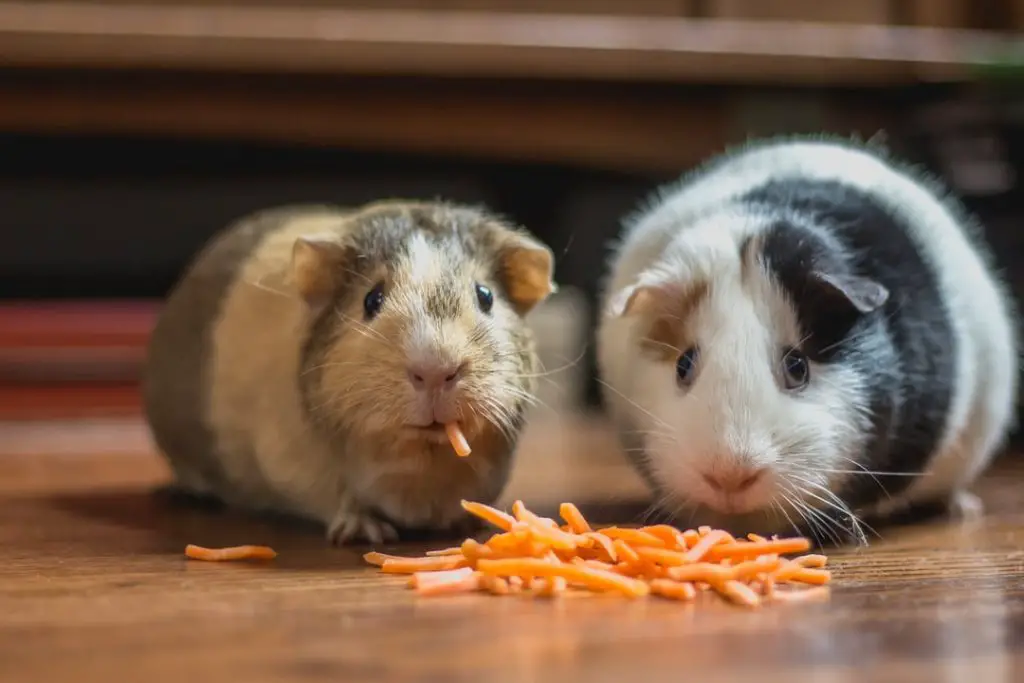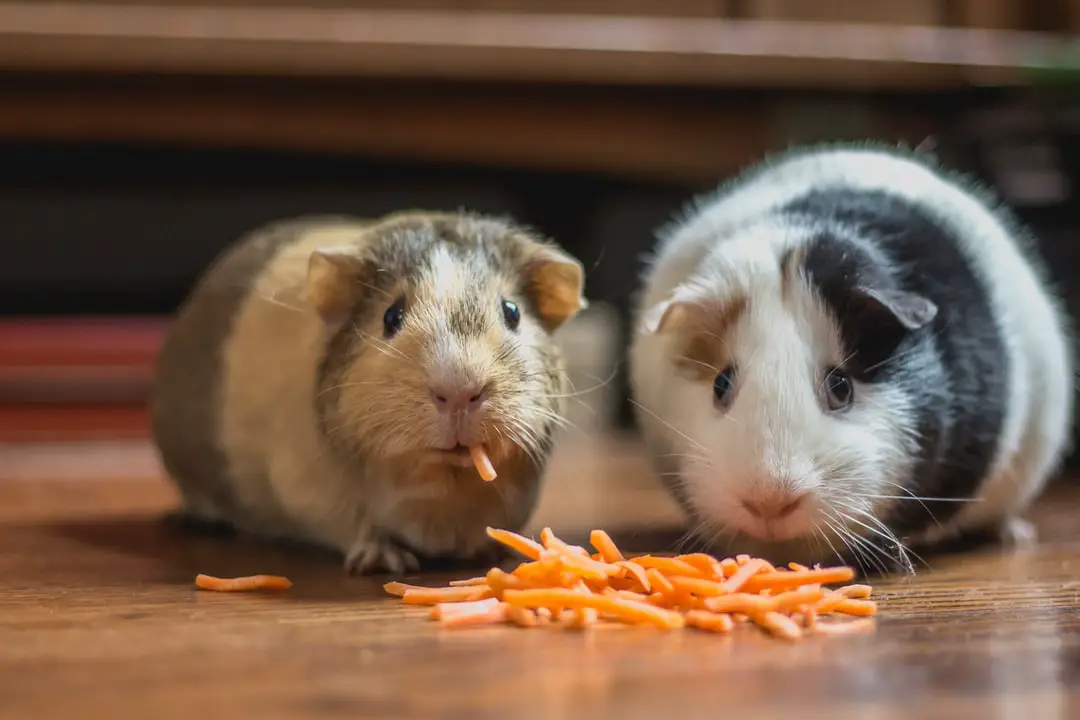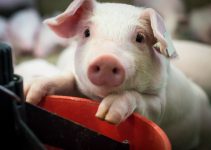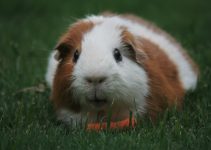A child’s first pet is something they’ll never forget. It’s one of the most important and formative bonds they’ll form. The relationship between children and pets teaches them about love, responsibility, and empathy. Lets read Hamsters vs Guinea Pigs and learn key details
With so much at stake, picking the perfect pet can be a tricky task. There are lots of different factors to consider in deciding whether you’re going to go for something larger—like a cat or dog—or smaller, like a hamster or guinea pig.
Today, we’re going to be looking at the latter. If your kid’s got their heart set on a smaller pet, between a hamster and guinea pig, which is best? Read on to find out now.

Contents
What to Think About When Buying a Pet for Kids
A child’s getting their first pet is a truly special experience for all parties involved. However, that’s not to say there aren’t challenges involved. It’s a big commitment to make, and as such, there are some things you’ll need to think about when purchasing your child’s first pet.
The first, and perhaps most important is the level of responsibility required. How often will they have to clean the pet’s sleeping area, change their food and water, or take it out and play with it? These are things you’ll want your kid to do themself, rather than you doing to for them, so you need to make sure they’re up for the task.
Second, will the pet be safe in the care of a child? Some pets are very fragile or require lots of special care. It would be inhumane to get such a pet for a child who was unable to care for it properly.
On your end, you’ll also be thinking about the price. How much does the pet cost to first set up in your home and then keep? How often will they need to go to the veterinarian?
Finally, there’s the question of age. Both the age of your child when they get the pet, and the average life expectancy of said pet.
Though a pet dying is a tragedy, many see it as a way for children to learn about and understand death. Of course, you don’t want your child to be too young when this occurs. Think about how old your child is likely to be when the pet’s death occurs.
Guinea Pigs vs Hamsters
To the untrained eye, it’s easy to assume that guinea pigs and hamsters are pretty similar animals. However, they’re actually distinct creatures that, aside from both being relatively small, are completely different from one another. Each exhibits different behavior and has different characteristics. Continue reading Hamsters vs Guinea Pigs and learn more about Guinea pigs
All About Guinea Pigs
To see which one might be the best pet for you and your family, let’s take a closer look at each one. First up: guinea pigs!
Guinea pigs are members of a species known as the Caviidae family. There are 13 breeds of guinea pigs that can be kept as pets.
Guinea pigs should be suitable for kids ages six and up. Their average lifespan is around 5 years. In terms of how social they are, guinea pigs get on well with both other pigs and humans.
When it comes to size, think of Guinea pigs as being roughly the size of a potato. The average length of an adult is between 8 and 10 inches. The average weight can be anywhere between 1.5 and 2.6 pounds and usually, they’ll have reached their full size by 14 months or so.
Guinea pigs will require their water and food to be changed daily. They’re herbivores, and enjoy eating greens. That said, they do have sensitive digestive systems, so it’s important to be careful with what they are fed.
Guinea pigs are more expensive, with costs typically ranging between $20 and $40 each. Their cages need to be on the larger side, so can be expensive. They will need to be let out of their cages each day for exercise.
Guinea pigs make lots of different sounds. They often whistle and some even purr and sound like cats when they’re contented. It’s possible to train guinea pigs and they are often able to recognize their humans once they form a bond.
All About Hamsters
Now let’s look at the diminutive counterpart of the guinea pig: the humble hamster. Hamsters are members of the Cricetinae family. Although there are officially 24 different types, only 5 are commonly kept as pets.
Hamsters are smaller than guinea pigs. The average height of an adult is about 6 inches and the average weight is between 3.5 and 7.9 ounces. Because they’re smaller, they also require smaller cages.
When it comes to cost, hamsters are more affordable. This is both due to their smaller cages and the cost of the animal itself, which is usually around $10 to $20.
Like guinea pigs, hamsters should be suitable for kids ages six and up. However, their lifespan is considerably shorter. Most hamsters live only between 1.5 and 3 years.
Hamsters will require fresh food and water each day, and their cages and bedding need to be cleaned on a regular basis also. Unlike guinea pigs, however, hamsters don’t need to exercise outside the cage so much.
Also in contrast to guinea pigs, hamsters are solitary animals who tend to like spending time alone. They often won’t get on well with other hamsters, so having only one is the best option. Hamsters are nearsighted and can scare easily, as such, they need to be handled with extreme care.
Hamsters or Guinea Pigs: Which Make Better Pets?
Both pets have pros and cons. Hamsters cost less than guinea pigs and take up less room—so if price or space is an issue, they could be a better option.
On the other hand, guinea pigs get on better with humans and other guinea pigs. If you want your child to form a stronger bond with their pet, then you may want to opt for a guinea pig.
At the end of the day, only you can see which one fits your needs best. Now that you have read “Hamsters vs Guinea Pigs” For more informative articles on guinea pigs, see our dedicated Guinea Pig Section here.




